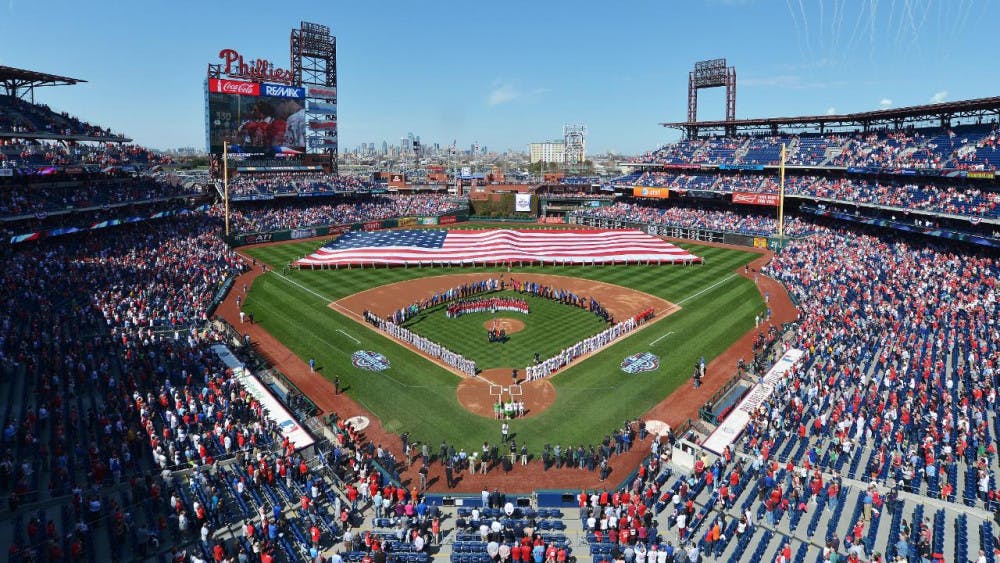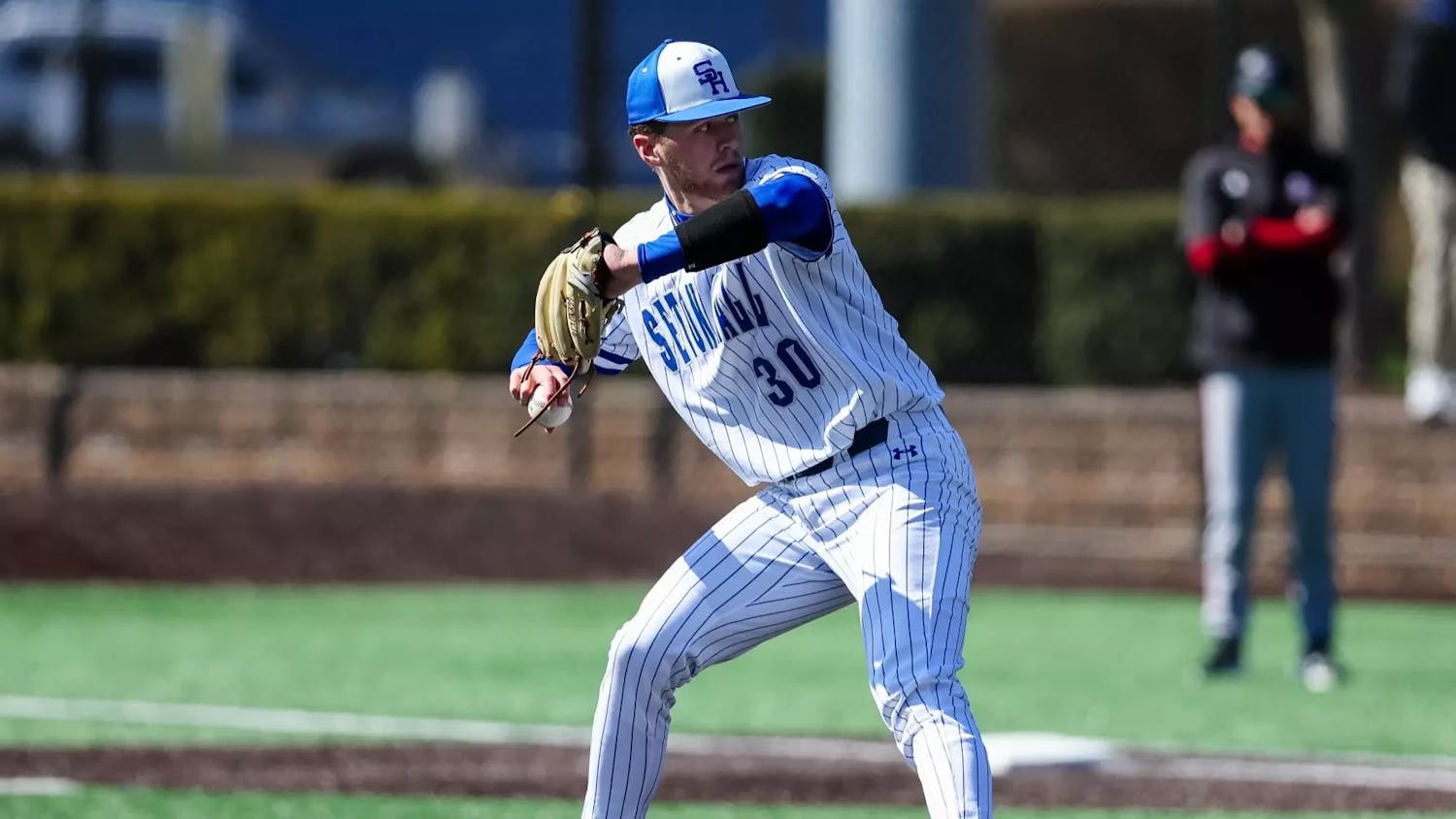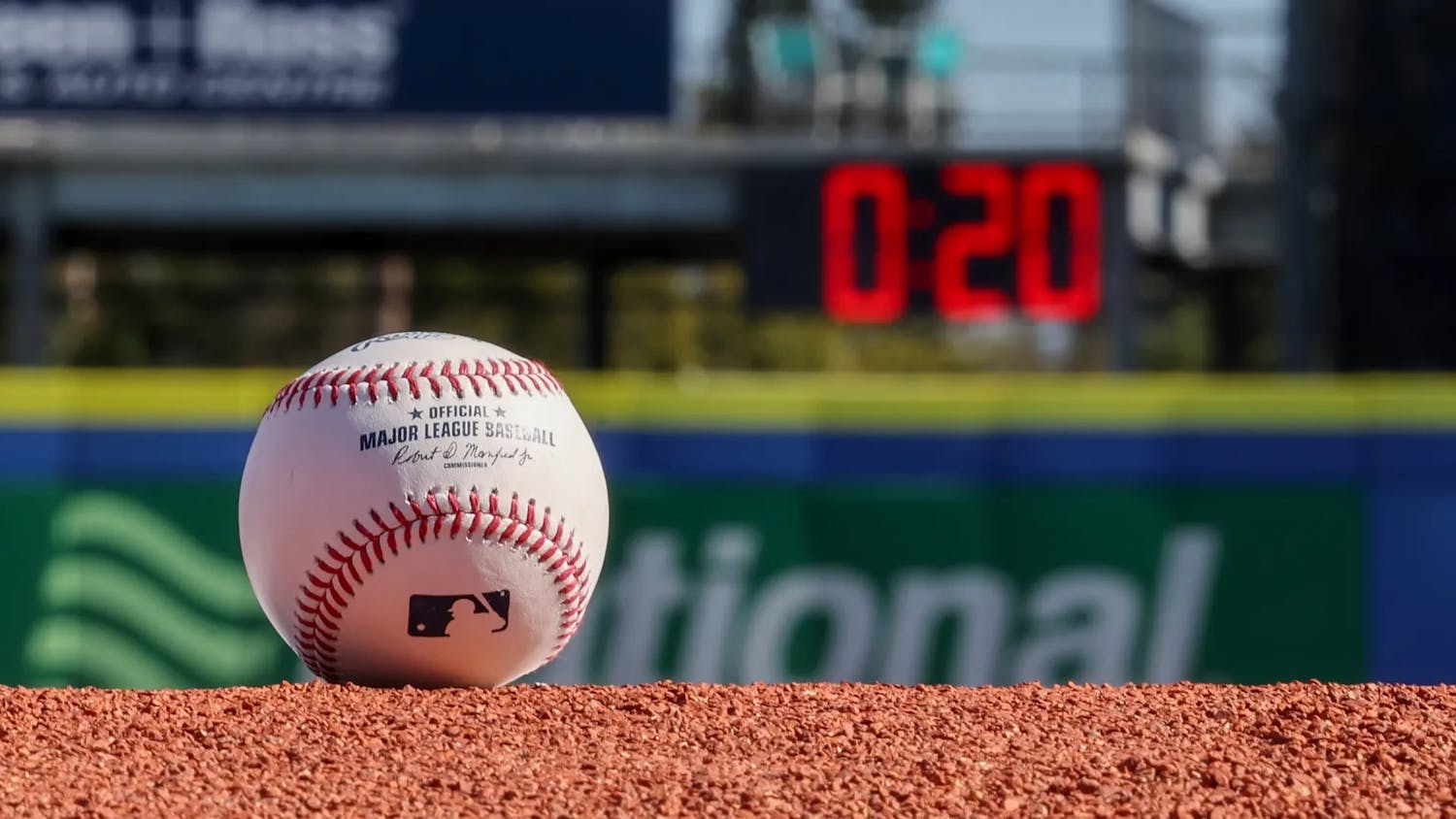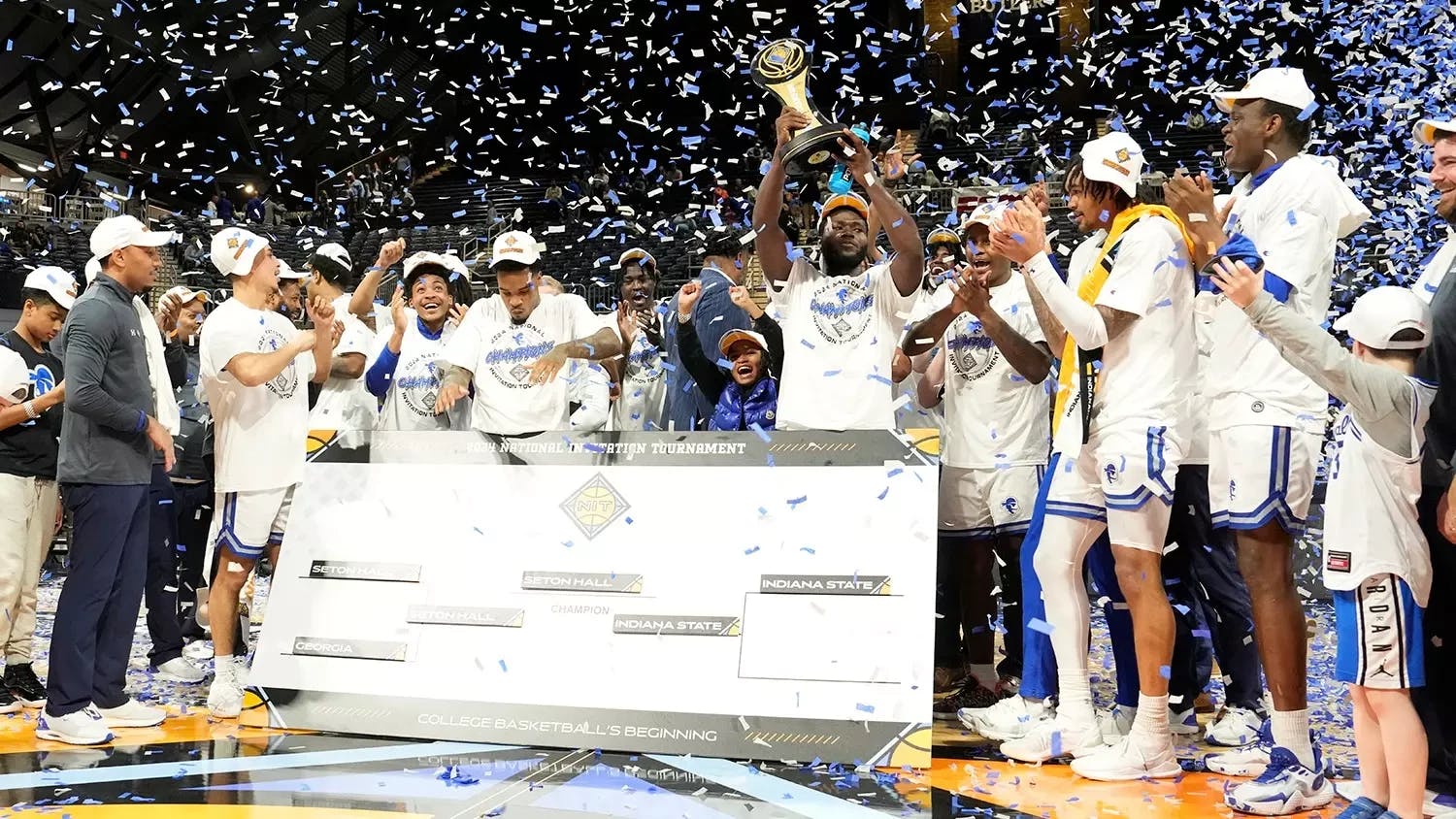On Sept. 20, a foul ball off the bat of Yankees infielder Todd Frazier struck the face of a toddler sitting in the seats down the third-base-line at Yankee Stadium.
Players and fans looked on in horror as a crowd formed around the child to make sure she was alright. Frazier fell to his knees, struggling to watch the aftermath. Play was temporarily paused as the entire stadium – and all those watching at home – looked on in disbelief.
The toddler’s father told ABC-NY that “she’s stable,” adding “it’s going to be a long process.” Still, the moment that the 105-mph foul ball struck her, the sports world feared the worst. This young girl could have lost her life in the blink of an eye.
[caption id="attachment_19833" align="aligncenter" width="838"] Photo via MLB.com[/caption]
This is not the first time that a foul ball has hit a spectator in the stands and it will not be the last. As long as protective netting does not extend past the dugouts, fans are at risk of serious injury – or even death.
Some teams have already made the change. The Seattle Mariners announced on Twitter a day after the incident in the Bronx that they would be extending the netting at their home ballpark, Safeco Field. The Reds, Padres and Rockies have also agreed to do the same in order to protect their fans. Ten additional teams have already extended the netting in their stadiums prior to this incident, according to the Washington Post.
Major League Baseball issued a statement in December 2015 recommending that each team extends its netting to the ends of each dugout. However, it did not make it mandatory, which is why more than half the teams in baseball only have netting to the home plate side of each dugout.
The incident at Yankee Stadium is a wake-up call to those other teams. Safety precautions need to become mandatory and regulated at MLB parks – and the league cannot wait until a fan is killed before it enforces these rules.
There is plenty of opposition to this policy and some of it is understandable. Some fans claim the netting will be distracting and make the action on the field harder to watch. But if that is the case, then why are seats behind the plate so expensive? Those are allegedly the “best seats in the house” even though there is netting separating the stands and the players.
If the netting was so distracting, why do fans buy those tickets? Because realistically, the netting is not that much of a distraction. Fans will still be able to see each pitch and catch, whether they are watching from behind the plate or on top of the dugout down the first base line.
Many fans argue that the netting is unnecessary and that fans need to pay attention to what is happening on the field – and in the recent incident at Yankee Stadium, the girl’s father should have made sure that she was not hit.
What these fans do not realize is that even players on the field get struck by baseballs, whether from a pitcher or off the bat. It is incredibly hard to dodge a small white ball traveling 90 to 100 miles per hour, whether you are a trained professional or not.
Ultimately, MLB is likely going to mandate extensions of nets regardless of what fans want. As more teams agree to extend the netting, it is only a matter of time before the rest of the league follows suit. If they do not, then they are waiting for a reason to and that reason will come when a fan is killed or seriously injured by a foul ball. MLB needs to make netting extensions mandatory and it needs to do it before it’s too late.
Matt Lapolla is a broadcasting major from Union, N.J. He can be reached at matthew.lapolla@student.shu.edu or on Twitter @MatthewLapolla.
Photo via MLB.com[/caption]
This is not the first time that a foul ball has hit a spectator in the stands and it will not be the last. As long as protective netting does not extend past the dugouts, fans are at risk of serious injury – or even death.
Some teams have already made the change. The Seattle Mariners announced on Twitter a day after the incident in the Bronx that they would be extending the netting at their home ballpark, Safeco Field. The Reds, Padres and Rockies have also agreed to do the same in order to protect their fans. Ten additional teams have already extended the netting in their stadiums prior to this incident, according to the Washington Post.
Major League Baseball issued a statement in December 2015 recommending that each team extends its netting to the ends of each dugout. However, it did not make it mandatory, which is why more than half the teams in baseball only have netting to the home plate side of each dugout.
The incident at Yankee Stadium is a wake-up call to those other teams. Safety precautions need to become mandatory and regulated at MLB parks – and the league cannot wait until a fan is killed before it enforces these rules.
There is plenty of opposition to this policy and some of it is understandable. Some fans claim the netting will be distracting and make the action on the field harder to watch. But if that is the case, then why are seats behind the plate so expensive? Those are allegedly the “best seats in the house” even though there is netting separating the stands and the players.
If the netting was so distracting, why do fans buy those tickets? Because realistically, the netting is not that much of a distraction. Fans will still be able to see each pitch and catch, whether they are watching from behind the plate or on top of the dugout down the first base line.
Many fans argue that the netting is unnecessary and that fans need to pay attention to what is happening on the field – and in the recent incident at Yankee Stadium, the girl’s father should have made sure that she was not hit.
What these fans do not realize is that even players on the field get struck by baseballs, whether from a pitcher or off the bat. It is incredibly hard to dodge a small white ball traveling 90 to 100 miles per hour, whether you are a trained professional or not.
Ultimately, MLB is likely going to mandate extensions of nets regardless of what fans want. As more teams agree to extend the netting, it is only a matter of time before the rest of the league follows suit. If they do not, then they are waiting for a reason to and that reason will come when a fan is killed or seriously injured by a foul ball. MLB needs to make netting extensions mandatory and it needs to do it before it’s too late.
Matt Lapolla is a broadcasting major from Union, N.J. He can be reached at matthew.lapolla@student.shu.edu or on Twitter @MatthewLapolla.

Comments




